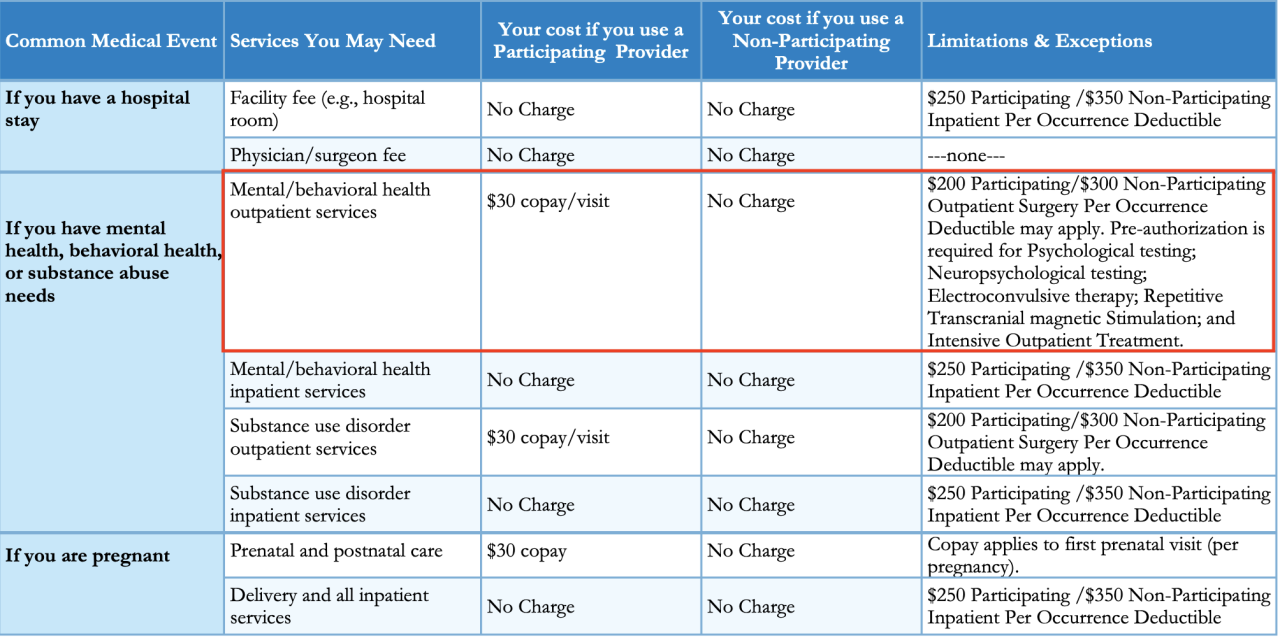Navigating the Labyrinth: A Comprehensive Guide to BCBS Health Insurance Plans
Blue Cross Blue Shield (BCBS), a behemoth in the American healthcare landscape, has long been synonymous with health insurance. With its extensive network and diverse plan offerings, BCBS caters to a wide spectrum of individuals and families, navigating the complexities of healthcare coverage. But with so many plan options and evolving industry trends, understanding the intricacies of BCBS can feel like navigating a labyrinth. This guide dissects the world of BCBS health insurance plans, demystifying key features, coverage benefits, and crucial considerations for consumers. From the origins of the organization to the latest innovations shaping the future of healthcare, this exploration delves into the nuances of BCBS plans, providing a comprehensive overview for informed decision-making. We’ll examine the different types of plans available, their respective coverage and costs, and the factors that influence premium pricing. Additionally, we’ll shed light on the administrative processes involved in enrollment and claim management, empowering consumers to confidently navigate the world of BCBS health insurance. BCBS Overview Blue Cross Blue Shield (BCBS) is a prominent player in the U.S. healthcare insurance market, boasting a rich history and a complex structure. It’s a federation of independent, locally owned and operated companies that provide health insurance to millions of Americans. History and Role The first Blue Cross plan was established in 1929 in Baylor University Hospital in Texas. The goal was to provide affordable hospital care to teachers. The concept quickly spread, and by the 1930s, Blue Cross plans were operating in several states. Blue Shield, which focused on physician coverage, emerged in 1939. These two entities eventually merged to form the Blue Cross Blue Shield Association (BCBSA) in 1982. Today, BCBS is the largest health insurance provider in the United States, covering over 100 million people. It plays a significant role in the healthcare market, providing a wide range of health insurance plans and influencing policy decisions. Structure of BCBS BCBS operates through a decentralized structure, with a national association and independent regional affiliates. The BCBSA serves as a coordinating body, providing guidance and support to the affiliates. However, each affiliate is independently owned and operated, setting its own rates, benefits, and policies. National and Regional Affiliates There are 36 independent Blue Cross and Blue Shield companies operating across the United States. Each company serves a specific geographic region, with some companies operating in multiple states. This decentralized structure allows BCBS to tailor its plans and services to the specific needs of local communities. Blue Cross and Blue Shield “Blue Cross” and ”Blue Shield” are two distinct types of coverage that are often combined under the BCBS umbrella. ”Blue Cross” typically covers hospital services, such as inpatient care, surgery, and emergency room visits. ”Blue Shield” covers physician services, including doctor visits, outpatient care, and mental health services. “Blue Cross” and ”Blue Shield” are often combined under the BCBS umbrella, providing comprehensive health insurance coverage. In some regions, ”Blue Cross” and ”Blue Shield” are combined into a single entity, offering both types of coverage under a single plan. However, in other regions, they remain separate entities, offering coverage independently. Types of BCBS Plans Blue Cross Blue Shield (BCBS) offers a variety of health insurance plans to meet the needs of different individuals and families. These plans are categorized into different types, each with its own unique features and benefits. Understanding the differences between these plan types can help you choose the one that best suits your individual circumstances and healthcare needs. Health Maintenance Organization (HMO) HMOs are known for their lower premiums and cost-sharing, making them a popular choice for budget-conscious individuals. However, they typically have a narrower network of providers and require you to choose a primary care physician (PCP) who will coordinate your care. Key Features: Lower premiums and co-pays compared to other plans. Limited network of providers. You must choose a PCP within the network. Typically require a referral from your PCP to see specialists. May offer preventive care services with no co-pay. Pros: Lower monthly premiums and out-of-pocket costs. Focus on preventive care and health management. Cons: Limited network of providers, potentially restricting your choices. Need for referrals to see specialists can be inconvenient. May not cover out-of-network services, except in emergencies. Preferred Provider Organization (PPO) PPOs offer a wider network of providers than HMOs and generally allow you to see specialists without a referral. However, they typically have higher premiums and cost-sharing than HMOs. Key Features: Larger network of providers compared to HMOs. No need for a referral to see specialists. Coverage for out-of-network services, but with higher costs. Higher premiums and co-pays compared to HMOs. Pros: More provider options and flexibility in choosing specialists. Coverage for out-of-network services, though at a higher cost. Cons: Higher monthly premiums and out-of-pocket costs. Less emphasis on preventive care compared to HMOs. Exclusive Provider Organization (EPO) EPOs are similar to HMOs in that they have a limited network of providers and typically require referrals. However, EPOs generally have higher premiums than HMOs and may not cover out-of-network services, even in emergencies. Key Features: Limited network of providers. Typically require a referral from your PCP to see specialists. May not cover out-of-network services, even in emergencies. Higher premiums compared to HMOs. Pros: Lower co-pays compared to PPOs. May offer lower premiums than PPOs. Cons: … Read more

